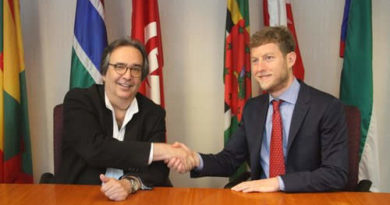“Revival Of Old Conservation Systems Along Modern Technologies Need of the Hour: Manu Bhatnagar, INTACH
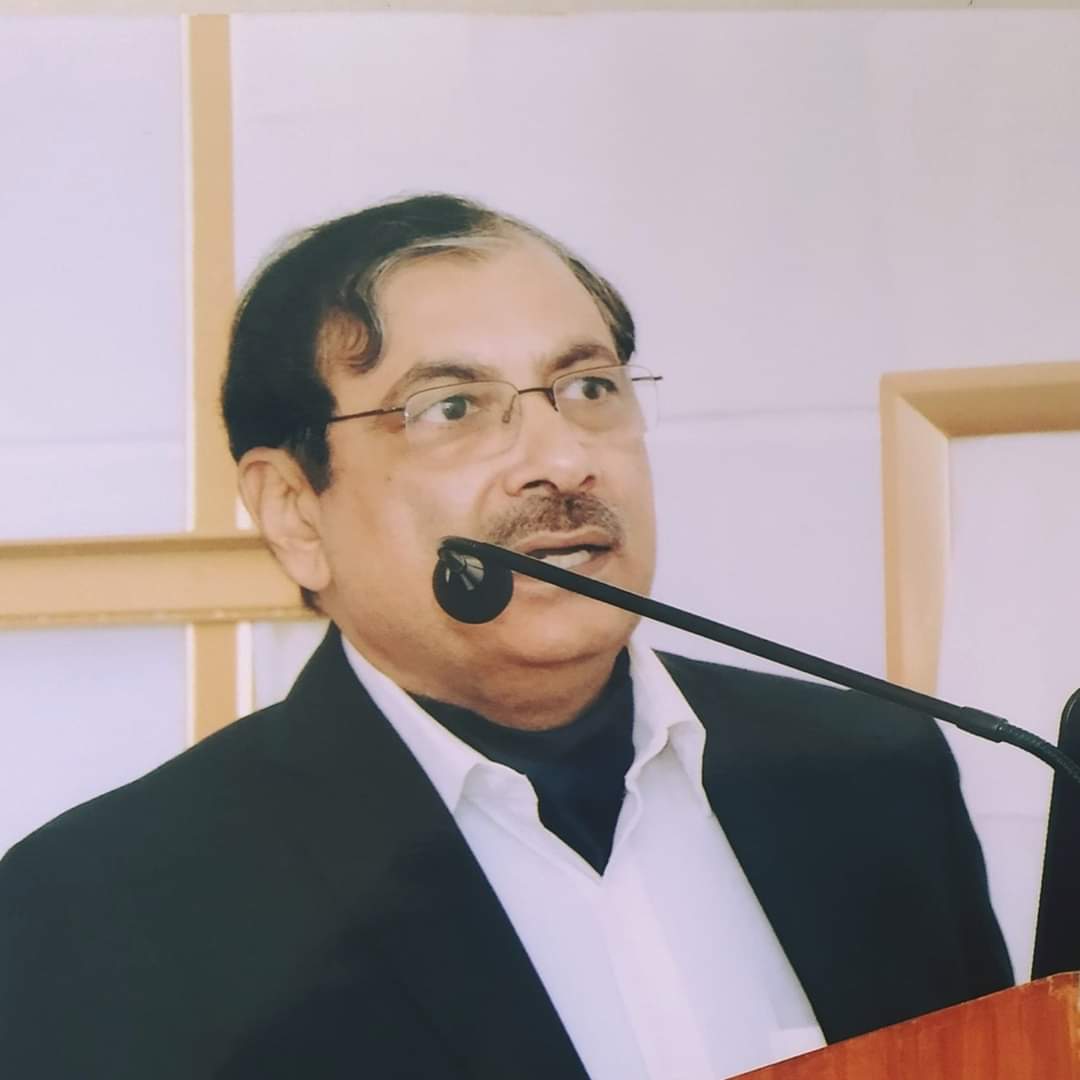
INTACH has been dedicated to revitalizing water bodies throughout India. What makes the preservation of water heritage so significant?
Manu Bhatnagar: India is known for its traditional ways for water conservation and judicious use of water. Methods of kulhs, baolis, pokhars etc have been developed because the rains in India happen mostly in three months of monsoon and the water has to be preserved throughout the year. These structures dot the entire country. They also involve construction at times that makes them immensely beautiful – Rani ki Vaav in Patan of Gujarat is a good example of step wells. Prayagraj has water harvesting structures belonging to the first century. Burhanpur has a 16th century tunnel that is dug into a hill and it supplies 14% of water demand in the city. Similarly, Cauvery has a 2000 years old dam system which is still working. Rejuvenation of heritage water bodies required good knowledge of geology and our ancestors had strong observations of nature. They discovered an impeccable sense of water conservation and optimal water use which is in consonance with nature.
What role does INTACH play in the preservation of water heritage?
MB: INTACH has been working on water since 1995-96. We carry out projects and important studies on water bodies. Even in those days there was a shortage of water in Delhi and we, in INTACH, proposed that Delhi should conserve its own water and recycle the wastewater for re-use to remain self-dependent. Water was sufficient if it was used judiciously. Dams and large canal systems were not required. We also were also in favour of wide scale rainwater conservation ever since.
Why do you think water systems are failing, especially in the cities?
MB: The main problem of the cities is the rampant concretization of open spaces. The result is that in mere 10 minutes of rain, roads get choked and traffic jammed. Pavements, roads and footpaths are getting cemented or bricked leaving no soil available to allow seeping of rainwater to take place that harms the water table beneath cities. Groundwater has a special quality that is available everywhere and one doesn’t have to transport it from one place to another. It’s also protected from evaporation. There is huge water loss through evaporation in dams and canals. Hence, revival of old conservation systems in association with modern day technologies is the need of the hour.
What are the kinds of projects you have executed?
MB: INTACH created a complete plan for Delhi to make it self-sustainable in terms of its water requirements. In this series, INTACH resurrected the historical Hauz Khas Lake by using treated wastewater or tertiary water from a sewage treatment plant (STP). The rain is not well distributed in these days of global warming & climate change. Treated wastewater is always available and in cities it could be used for 365 days for ground water recharge through these water conservation systems. The seepage through soil into the groundwater table helps in cleaning this water further. We can pump out the groundwater and chlorinate it for human consumption. STPs in cities can help in water resource augmentation.
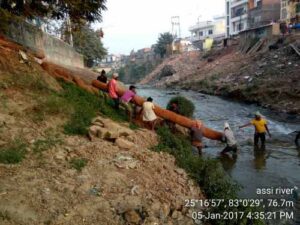
We work on all types of water bodies. We have cleaned the drains of Mathura, Vrindavan, Assi nallah in Varanasi and several kunds and lakes. INTACH has carried out the study of Betwa river, created a conservation plan for Hindon river and also carried out a comprehensive study of 2500 km on Ganga river. Besides, we have also studied several Ramsar sites. All these water bodies are heritage as we have received them from our previous generations and we have done nothing to earn it. We just have to preserve them in their clean state. INTACH has done projects on ground and not just on the papers. Experience gives a proper sense of reality. Theory improves practice; practice informs theory.
How does INTACH Water Division rejuvenate these water bodies?
MB: The rejuvenation of a water body requires upkeep of the entire catchment area. This catchment area is disturbed in urban areas. Here treated wastewater is used to maintain the water quantity in water bodies. The quality of water also gets disturbed very much in cities. Tall buildings disturb the natural aeration in water bodies. Pollution level is high in cities and the result is rampant algal bloom in water bodies. INTACH mainly employs natural elements like weeds, grasses, fish, ducks etc. to create a proper food chain in the water bodies and clean it. We also employ bacterial remediation. The nitrate and phosphorus levels should be manageable to ensure that the water body is clean.
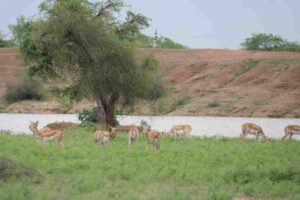
How do you see the challenge in the rural areas?
MB: The problem of the rural areas in India is mainly the problem of uncontrolled irrigation. More water is flooded into the fields where a crop requires just 30% of it. We are working to bring the water consumption in agriculture irrigation down gradually. The water consumption could be brought down to even 40% of the present consumption in agricultural fields. This is more needed in areas where groundwater is less. Water saved is water earned.
Why do you connect this with the conservation of water heritage?
MB: The irrigation of farmlands directly impacts the health of the rivers and their catchment areas. Rivers recharge ground water when the flow in the river is high. But in summers their flow contracts and the groundwater add to their ecological flow due to gravity. If the groundwater itself is highly exploited by the agriculture sector, then the rivers’ ecological flow will also suffer and so will the entire ecosystem that offers ecological services to the society and all living beings. INTACH is trying to bring this to balance. India is working on efficient irrigation systems to raise the water table and help river systems. INTACH has expertise and experience in this field.
How are technology and innovation helping water rejuvenation today?
MB: Private sector has a key role in terms of R&D, innovation and technological breakthroughs in STPs and drinking water treatment plants. We use only necessary technologies from the private sector like aeration tools and nano-bubble technologies for cleaning water.
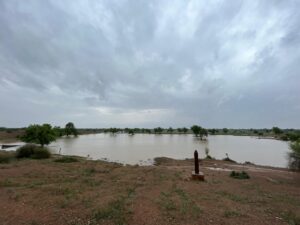
Water bodies are getting resurrected in all parts of the country today by governments at all levels. But why do we see resurrected water bodies eventually fail?
MB: The main issue is that there is no provision for operational cost in water bodies’ upkeep in India. Once a water heritage is rejuvenated, the project ends there. The government system focuses more on projects that have high capital costs. Greater the capital expenditure, the happier is administration. On the other hand, the indigenous technologies are fairly economical which doesn’t interest the administration. Also, the officials are not trained in indigenous system of water bodies’ resurrection and conservation. At times, water bodies are rejuvenated for photo opportunities. Thereafter water bodies are left to deteriorate.

